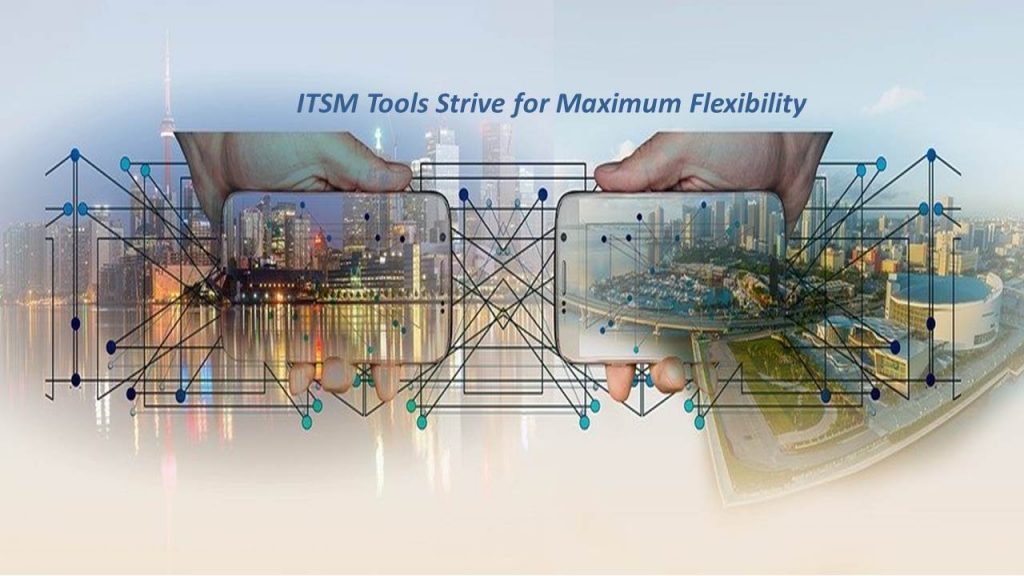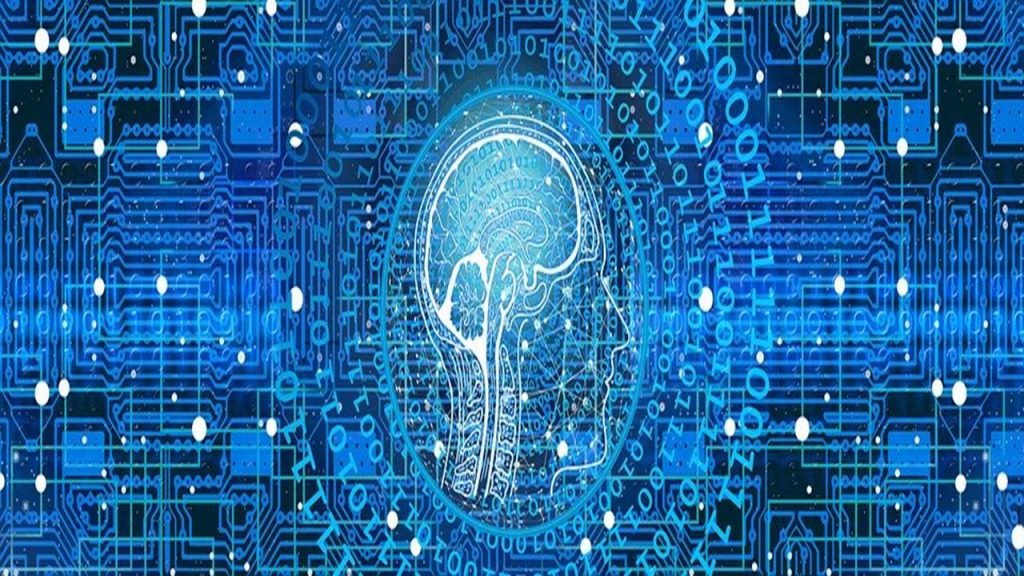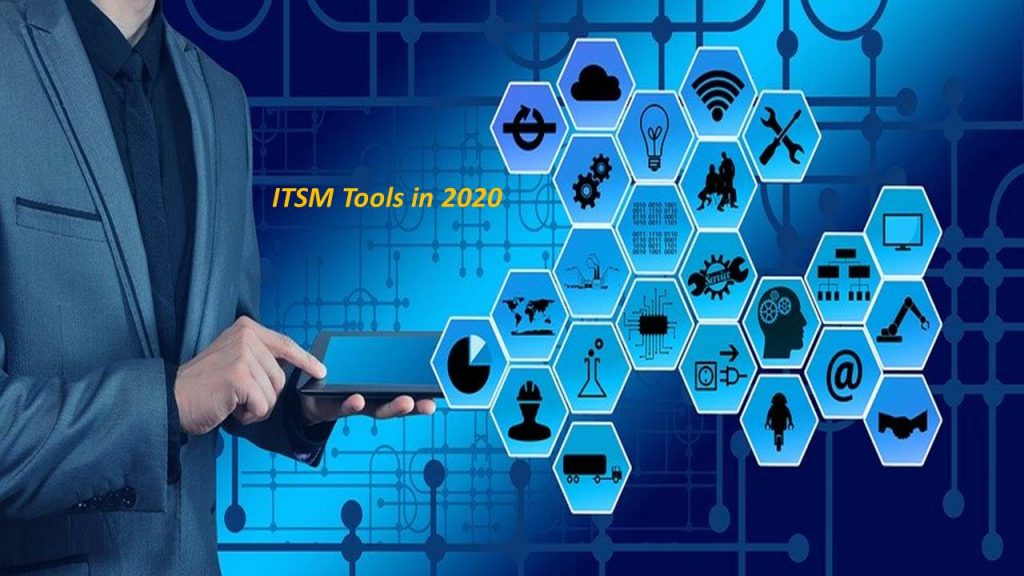ITSM is a relatively new concept for managing IT departments. However, the focus of IT service providers in 2020 is no longer technologies and their internal organization. Now they need to take into account the quality of the services they provide and focus on customer relationships.
Now ITSM needs to move from a traditional model, where the main goal is actually to support IT infrastructure to a scheme focused on servicing the company’s core business. The solution to this issue will require a fairly radical review of the overall positioning of service IT departments in the company structure. Therefore, in this article, we have chosen the most important things that you need to know about the concept of ITSM and its tools in 2020.

IT Is Now Inseparable from the Business Itself
And you will feel it even more strongly in 2020. The IT department has ceased to be an auxiliary element for the core business of the company. Relatively is now the business engine, which is responsible for fulfilling user requests as quickly as possible and with the least expenditure of resources.
ITSM Tools Strive for Maximum Flexibility
The business environment is changing at the speed of light, which is why ITSM tools strive for maximum flexibility. Earlier, we observed the opposite picture when strict requirements regulated everything. However, the need to respond to changes as quickly as possible in 2020 will be valued above sustainable patterns. Your service management platform should be as simple as possible to configure, deploy, administer and maintain, and this will give your chance to respond to changes promptly.
Plus, the flexibility of ITSM tools means the ability to use them in all business processes of the company, and not just in IT. The ITSM tool should become a unified system for managing all business processes, and in 2020 the ability to extend ITSM tools to non-IT business functions becomes key.
ITSM Tools Will Require Even More Analytics
The most important component of ITSM implementation is the development of formalized processes of the IT department. For each process, the sequence of work, the necessary resources and time costs, automation, and quality control tools are determined. Also, if a process is clearly defined and documented, including input parameters and execution results, its performance can be measured. This is especially important when the IT department is faced with the task of implementing the service of a given quality at a particular cost. And this will improve the process and make the necessary changes in a proactive mode – even before the failure in the implementation of the service.
2020 Will Give More Flexible Opportunities to Implement ISTM
If you are only thinking about implementing ITSM, in 2020, ITSM cloud systems will become even more fully functional solutions that perform all the basic processes for managing IT services. Their main difference from local systems is that you may not pay for those functions and procedures that you do not use yet.
For example, starting to use and paying only for ITSM, you can further purchase the modules ITOM, ITFM, HRSM, and others. This is a convenient opportunity since it is possible to start their integration with basic functions. As the maturity of processes increases, you will be able to expand the system with minimal labor.
For a company of any size, especially large, the time to implement the ITSM system is precious, and spending it on unnecessary actions means creating additional costs for the business. Cloud solutions are sold with pre-configured templates, prescribed parameters, and ready-made processes. All you need to do is customize (fill out the asset database, create a service catalog), and the system will be ready to work after a few days or weeks and not months, as is usually the case with local platforms.

Artificial Intelligence Will Be Everywhere
In 2020, artificial intelligence, machine learning, and ITSM will be unified. This will make it possible to implement a text classification system that can self-learn based on historical data and correctly classify requests, as well as route them according to their purpose. For example, register and transfer the application to technical support. Due to this, the load on the operators of the first support line can be significantly reduced already at the initial stage of system implementation.
With the support of AI, all requests will be registered through the self-service portal. And for this, the user does not need to know the name of the service or its identifier, the problem can be described in natural language – for example, “the printer does not work.” By the way, if you have difficulty understanding a foreign language, you can always ask The Word Point for help with the translation.
Moreover, such systems will be able to recognize mass incidents (failures that have occurred among many users at the same time, for example, after a software update) and offer the user ways to solve them even before he has time to complain. Artificial intelligence will independently detect anomalies. It will then inform you about what might happen and suggest options for addressing the threat.
The Self-Service Portal Should Become a Powerful Tool
Thanks to the systematization of information, the service portal greatly simplifies and accelerates the classification and escalation of requests and incidents by specialists. It reduces the time to solve the problem, but still leaves a lot of unnecessary and mechanical work. Also, telephone and email are still the most common way to solve problems. Therefore, today it is necessary to revise the viability of your self-service portal for end-users so that it does not become an unnecessary thing already tomorrow in 2020.
Conclusion
As you can see, IT is moving the business forward, and today we have come as close as possible to get the most out of modern technologies and ask them to serve for our benefit. ITSM is just one way to do this.


